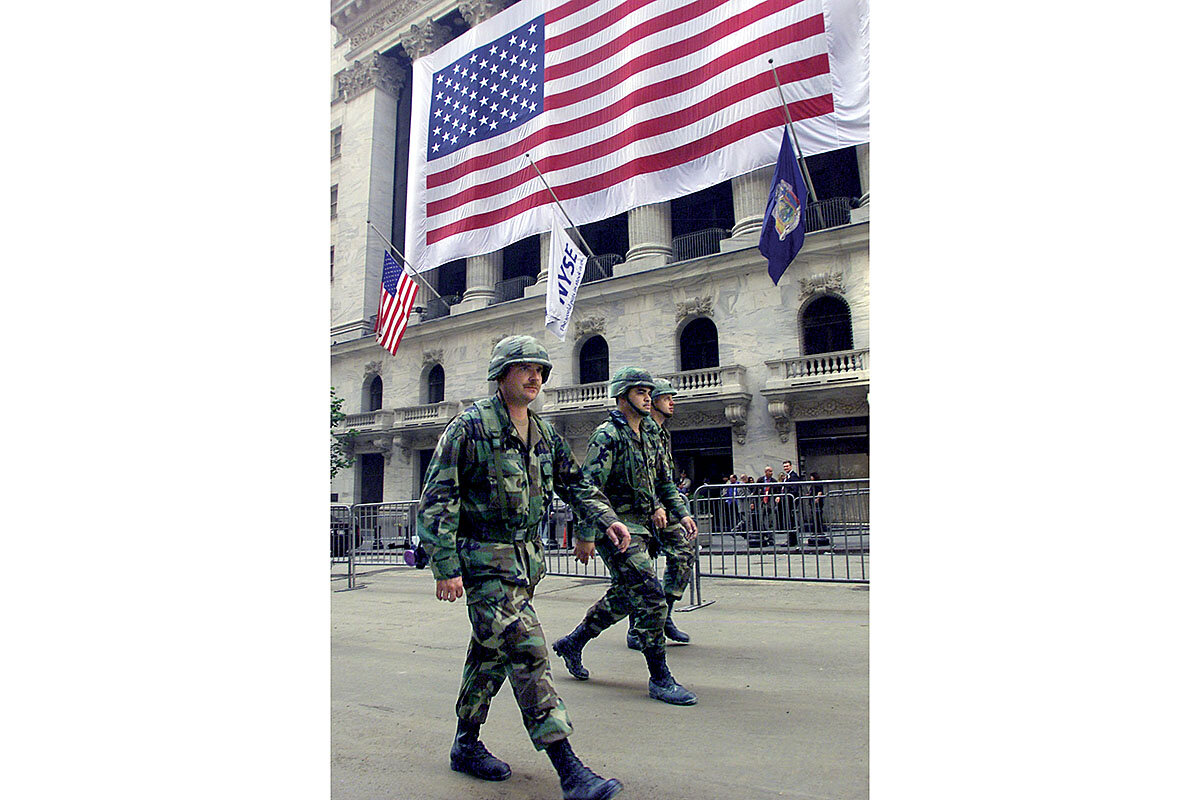9/11 in pictures: A day of eerie quiet, sadness, solidarity
Sept. 11, 2001, started as a routine day at the office, but turned into the hardest assignment I’ve ever covered – from Boston, where the two planes that hit the World Trade Center towers originated, to New York, a city in shock.
I drove down to New York that evening on highways empty of traffic except for first responders and utility trucks loaded with flood lights. My press pass got me onto the island of Manhattan, where all roads and bridges leading into the city were closed. It was eerily quiet, no cars and no pedestrians. For the next two weeks I walked the city, photographing people and places forever changed. I’ve never walked so much. I’ve never been so physically and emotionally drained.
The smell of ash and smoke, of destruction, filled my nose and mouth. I couldn’t photograph ground zero itself – media access was severely restricted – so I photographed around the perimeter. I took pictures of exhausted, soot-covered firefighters walking out after their shifts ended; message boards with photos of the missing – Have you seen my mother? brother? son?; chalked words of inspiration that bloomed on the pavement at Union Square. People were kind, courteous, generous.
I’ve been to war zones far overseas, but never something like this in my own backyard. Still, as in most extreme situations, goodness shone through.
One night, sitting spent in the back of a taxi after a long day of photographing, I saw a small group on a street corner holding a candlelight vigil. I asked the driver to stop and went over to join them. They were Spanish speakers, immigrants, sharing prayers, holding American flags. “Please,” one of them asked, “can you help us sing that song, ‘O say can you see’?” They didn’t know the words. I put down my cameras and together we sang – or hummed – the national anthem. It was beautiful.








